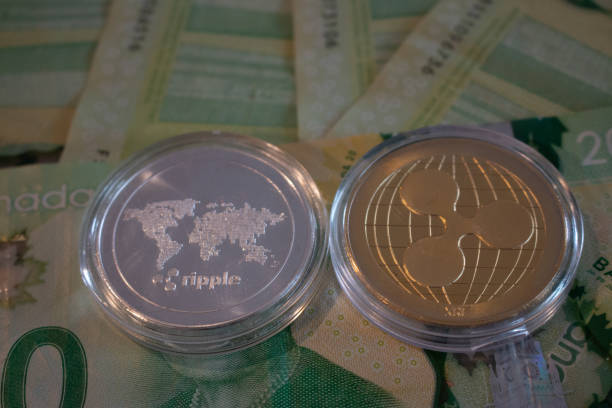In the rapidly evolving landscape of cryptocurrency, staying informed about movements and trends can be a deciding factor in successful investments. Ripple’s efforts to expand its reach and utility have closely tied XRP’s potential for growth to its underlying technology and market demand. A recent Ripple document reveals essential insights into the factors that could drive XRP’s price higher, highlighting its integral role in the financial ecosystem.
XRP Price Surge: Insights from Ripple’s Strategic Moves
Ripple’s strategic approach has captured significant attention within the cryptocurrency community. As Ripple develops its payment services, there is an increasing demand for XRP, which is pivotal to its operations through the XRP Ledger (XRPL). The document shared by crypto researcher SMQKE identifies key catalysts that could propel XRP’s value upwards.
Understanding the Demand for XRP
XRP’s potential for appreciation is linked directly to its growing demand, as articulated by Ripple. The cryptocurrency’s utility is twofold: it acts as a security provider and serves as a bridge currency on the XRPL. Such roles are critical in driving organic demand beyond speculative interest. As more users and institutions adopt Ripple’s payment solutions, the network effect could further boost XRP’s market valuation.
What Makes XRP a Unique Investment?
XRP possesses a deflationary characteristic, with small quantities burned after each transaction. This mechanism effectively reduces its total supply, potentially increasing its value over time as demand rises and supply diminishes. Investors looking at XRP should consider this feature as part of their long-term strategy, given the token’s integration into broader financial systems.
Ripple’s Strategic Initiatives and Their Impact
Ripple’s ongoing expansion efforts are notably impacting XRP’s market dynamics. A recent filing for a national banking license with the Office of the Comptroller of the Currency (OCC) marks a pivotal step towards deeper integration into the US financial system. Such moves are not only indicative of Ripple’s ambition but could also facilitate significant partnerships that enhance XRP’s adoption in traditional financial sectors.
Moreover, Ripple’s decision to withdraw its cross-appeal against the SEC paves the way for potential approval of XRP ETFs, a development anticipated to fuel further demand for the altcoin. Market analyst Nate Geraci suggests that such regulatory clarity could catalyze the launch of these ETFs, boosting investor confidence.
How Does Ripple’s Banking License Application Affect XRP?
The application for a national banking license could dramatically increase XRP’s utility by integrating Ripple’s solutions more deeply into banking systems. This development is likely to attract traditional financial institutions to Ripple’s technology, thereby creating a more stable demand for XRP.
What Role Does Deflation Play in XRP’s Price Movement?
The deflationary nature of XRP, through the burning of tokens post-transaction, contributes to a diminishing supply. As Ripple’s market presence grows and its financial technologies are adopted, this reduced supply in conjunction with rising demand might significantly bolster XRP’s market value.
Will the SEC’s Legal Outcomes Influence XRP’s Future?
The resolution of Ripple’s legal matters with the SEC, particularly the withdrawal of the cross-appeal, could remove a major obstacle for XRP, potentially leading to the approval of XRP-related financial products like ETFs. Such outcomes are likely to enhance investor confidence and market participation.
As of the latest updates, XRP is trading robustly with positive market sentiment, evidenced by its trending uptick on major exchanges. Continuous advancements in Ripple’s operational strategies and the broader adoption of its technology are set to shape the future trajectory of XRP, marking it as a cryptocurrency worth watching for strategic investors.

